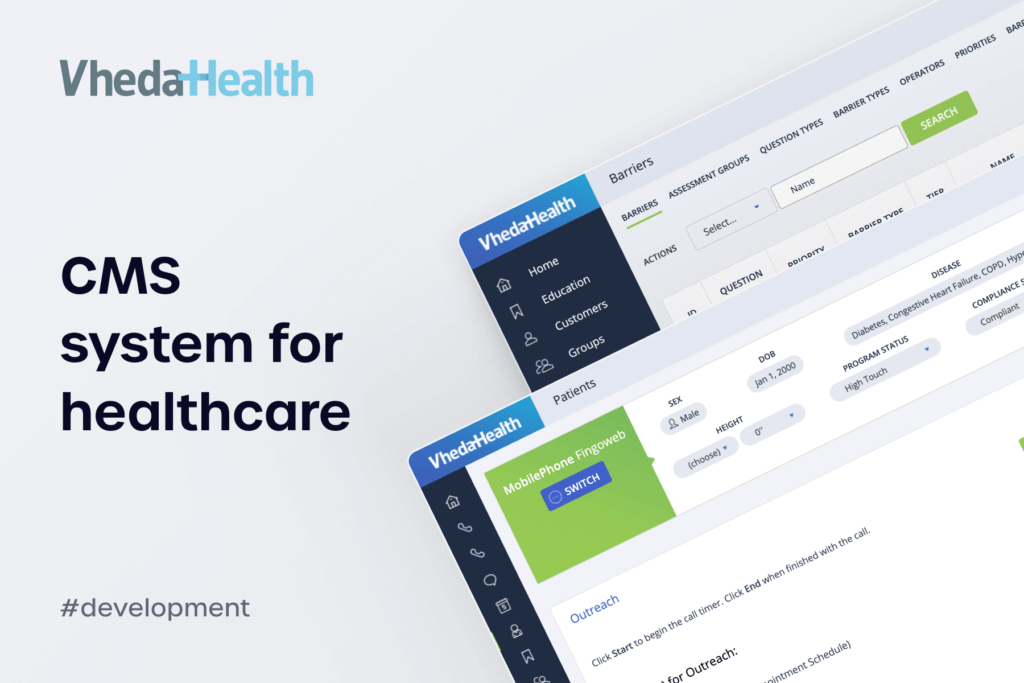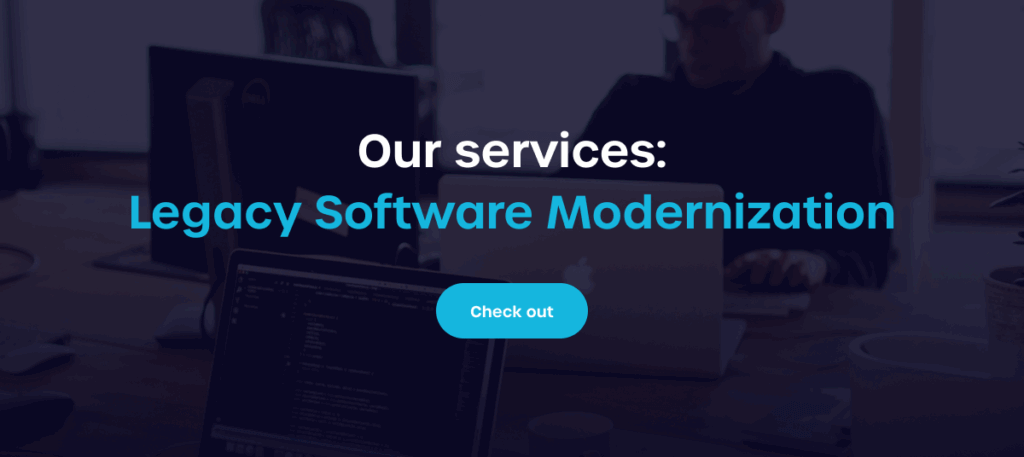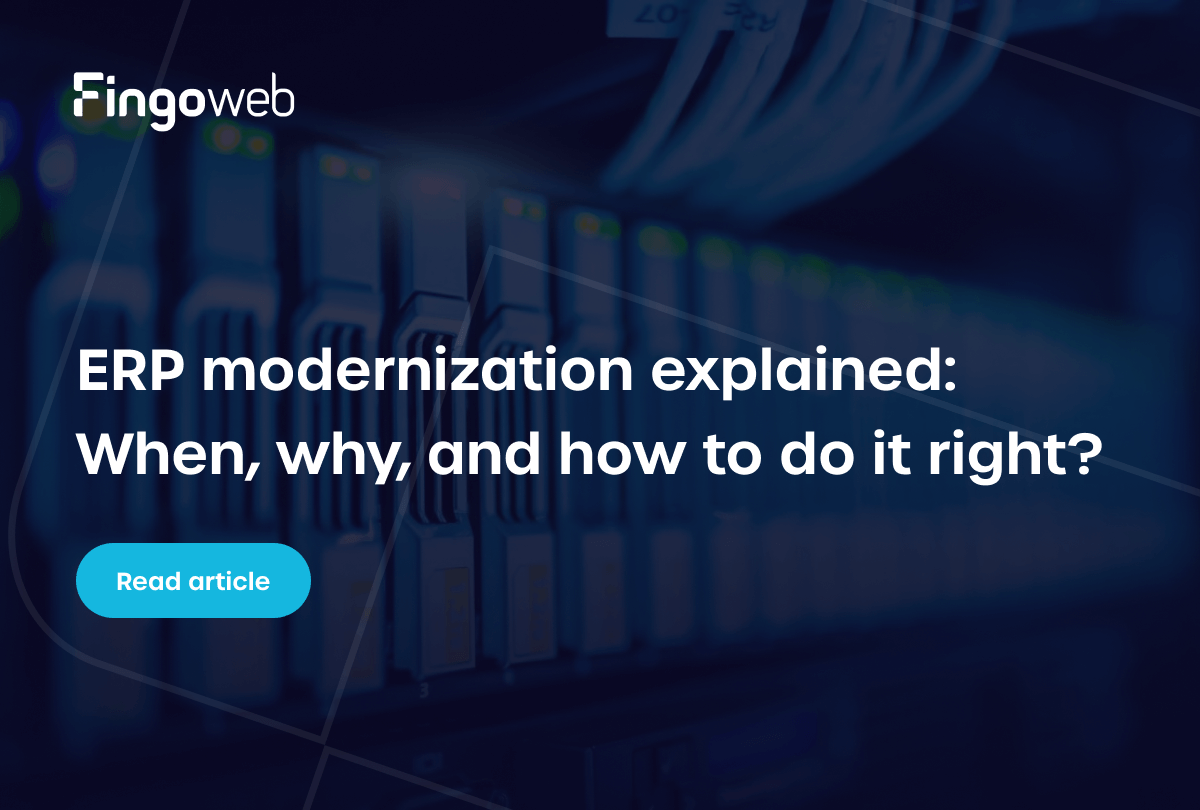Rewriting legacy applications is one of the most challenging yet rewarding moves a company can make. Many organizations continue to rely on outdated technology, with legacy systems costing IT departments an average of nearly $40,000 per year per system to maintain. When outdated systems start to limit scalability, integration, or security, a full rewrite may be the only way to move forward. Unlike minor upgrades or refactoring, rewriting means rebuilding your software from the ground up, removing technical debt and designing for the future.
It is a major investment of time and resources, but it can transform how your business operates. With a clean architecture, modern technologies, and improved maintainability, teams gain the freedom to innovate faster and scale with confidence. Still, a rewrite is not always the right choice for every situation. In this article, we will explore when rewriting makes sense, what risks it carries, and how to do it effectively to get lasting results.
When and why to choose rewriting legacy applications?
Rewriting legacy applications becomes necessary when outdated systems hinder productivity or fail to meet current business needs. It’s essential to weigh the pros and cons to determine if investing time and resources into rewriting legacy applications will provide significant benefits.
How to recognize when rewriting legacy applications is necessary?
Rewriting legacy applications becomes necessary when the existing system can no longer support business or technical growth. Common signs include performance bottlenecks, outdated technology stacks, and rising maintenance complexity that make the system unstable or insecure. At this stage, rewriting is often more cost-effective and sustainable than continuous patching.
Indicators that it’s time to rewrite:
- Frequent downtime or degraded performance under load,
- Inability to integrate with modern APIs, frameworks, or cloud environments,
- High technical debt and lack of developer productivity due to tangled codebase,
- Unsupported or obsolete programming languages and libraries,
- Escalating maintenance costs that exceed the potential ROI of a rewrite,
- Security vulnerabilities that cannot be resolved without architectural change.
When your legacy system becomes a barrier to innovation, performance, or security, a complete rewrite is often the most strategic long-term decision. If you want to choose other approach, check out our article: How to modernize legacy systems?

What makes rewriting legacy applications worth it?
Rewriting legacy applications is often justified when the existing architecture limits scalability, maintainability, or performance. A complete rewrite allows engineers to adopt modern frameworks, languages, and design patterns such as microservices or event-driven architectures, enabling better modularity and faster deployment cycles. It also improves security by eliminating outdated dependencies and implementing current authentication and encryption standards.
Modernized systems integrate more easily with APIs, third-party services, and cloud platforms, enhancing overall interoperability. This becomes especially important for companies planning large-scale ERP modernization, where seamless integration and a future-ready architecture are essential. Developers gain cleaner, testable codebases that reduce future maintenance costs and technical debt. From a business perspective, rewriting enables faster feature delivery, improved reliability, and reduced downtime. Ultimately, it transforms the software from a liability into a scalable, future-ready asset aligned with strategic growth.
Risks and how to manage them?
Rewriting a legacy app is not without its risks, including project scope creep, potential data loss, and extended timelines leading to cost overruns. Understanding these risks facilitates proactive management, ensuring clear communication and timely adjustments throughout the rewriting process.
Main risks of rewriting legacy applications
Rewriting legacy applications can unlock major improvements, but it also comes with significant risks if not properly planned. The process affects not just code, but data, integrations, and user workflows across the entire organization. Understanding these risks early helps teams avoid costly setbacks and ensure a smoother modernization journey.
- Loss of critical functionality – Old systems often contain undocumented logic that can be missed during rewriting, causing workflow issues.
- Underestimated effort – Rewrites usually take longer and cost more than planned due to hidden dependencies.
- Data migration issues – Incomplete or incorrect data mapping can lead to loss or corruption.
- Integration failures – Legacy systems are tightly connected with other apps, making replacements risky without proper mapping.
- Loss of knowledge – When key developers leave, essential system logic may be lost.
- Operational downtime – Big-bang launches can cause service interruptions and business impact.
- Security gaps – New code may introduce vulnerabilities or non-compliance risks.
- User resistance – Sudden changes in UI or workflow can lower adoption without proper onboarding.
Each of these risks can be managed with careful planning, phased rollouts, and early user involvement, ensuring a smooth and successful rewrite.

How to reduce those risks effectively?
To reduce the risks of a complete legacy app modernization, businesses need a structured and disciplined modernization strategy. A rewrite should never be treated as a simple rebuild — it’s a controlled transformation that requires planning, validation, and continuous feedback. The key is to combine technical best practices with strong communication between developers, stakeholders, and end-users.
Practical ways to minimize rewrite risks:
- Adopt a phased approach – Break the project into smaller, manageable releases instead of a full “big bang” deployment. This allows for incremental testing, quick feedback, and faster recovery from potential issues.
- Define clear requirements early – Document all existing features, integrations, and business rules before coding begins. Use discovery sessions with users to avoid losing critical functionality.
- Engage end-users throughout development – Involve users in beta testing and feedback cycles to validate workflows and ensure usability. Their input helps prevent resistance and adoption challenges later.
- Prioritize data migration planning – Create detailed data mapping, run migration simulations, and validate with automated tests to ensure consistency and accuracy.
- Implement continuous testing – Integrate automated testing, security scanning, and regression checks into the CI/CD pipeline to catch issues early.
- Monitor scope and resources regularly – Review project timelines, costs, and deliverables at each milestone to prevent overruns and identify risks early.
- Document and preserve knowledge – Capture institutional knowledge from legacy system maintainers through interviews and technical documentation before starting development.
- Plan for gradual user transition – Use training sessions, onboarding materials, and change management strategies to ease user adaptation to the new system.
By combining incremental delivery, active stakeholder involvement, and a strong focus on testing and data integrity, businesses can significantly reduce the risks of rewriting legacy applications and ensure a smoother modernization process.


How to approach a successful rewrite?
A successful rewrite starts with careful planning, prioritizing clear objectives, timelines, and budgets while considering stakeholder input. Additionally, execution must be methodical, with a focus on smart resource allocation and ongoing communication between teams to maintain momentum and address challenges as they arise.
Planning and execution principles
When rewriting legacy applications, successful outcomes start with a well-defined scope and clear alignment across all stakeholders. The planning phase should include a comprehensive assessment of existing system dependencies, performance bottlenecks, and integration points to avoid surprises later in development. Agile methodologies are particularly effective for this type of project, as they promote flexibility, iterative improvements, and continuous user feedback throughout the rewrite process.
Proper documentation of both legacy and new systems ensures technical continuity, helping developers understand old workflows and preserve critical functionality. Close collaboration between business and technical teams keeps priorities clear and prevents scope drift. Additionally, quality assurance and performance testing should be integrated into every sprint, not left for the end. Finally, user training and dedicated post-launch support are essential to ensure smooth adoption and maintain productivity once the new system goes live.

What to focus on post-rewrite?
Completing a legacy software modernization is only the beginning - the post-launch phase is critical for long-term success. After deployment, teams should closely observe how the new system performs, how users adapt, and where further optimization is needed. A structured post-rewrite plan helps ensure stability, adoption, and measurable ROI.
Focus areas after a rewrite:
- Collect user feedback – Actively gather insights from end-users to identify usability issues, missing features, or unexpected workflow changes.
- Monitor performance metrics – Track load times, system reliability, and error rates to ensure the new architecture meets technical goals.
- Implement strong support channels – Provide helpdesk support, documentation, and user onboarding resources to minimize frustration and downtime.
- Prioritize iterative improvements – Use feedback loops and analytics to plan quick enhancements rather than waiting for large updates.
- Assess data integrity and security – Verify that data migration was successful and that new systems maintain compliance with security standards.
- Evaluate ROI and business outcomes – Compare performance, maintenance costs, and productivity metrics against pre-rewrite baselines to measure success.
- Plan long-term maintenance – Establish ownership, monitoring routines, and update schedules to keep the system reliable and scalable over time.
Focusing on these areas ensures the rewritten application remains stable, efficient, and aligned with evolving business and user needs.

FAQ - Rewriting legacy applications
When is rewriting legacy applications better than refactoring?
Rewriting becomes the better option when existing systems can no longer evolve efficiently within their current structure.
- Outdated or unsupported technology stack – When the framework, language, or infrastructure is obsolete and cannot integrate with modern tools or security standards.
- Excessive technical debt and complexity – When the legacy codebase is too tangled to safely modify, making refactoring costly and risky.
- Need for scalability and modernization – When the application must support cloud-native architecture, microservices, or advanced integrations that the old system cannot handle.
In such cases, a full rewrite offers a cleaner foundation for innovation, long-term performance, and future growth.
How long does a typical rewrite take for a mid-sized system?
The duration for rewriting a mid-sized application varies widely based on complexity and available resources, but it generally takes several months to over a year. Factors such as the existing legacy code, the number of features required, and team capacity for walkthroughs and feedback sessions all influence timelines.
Engaging in detailed planning and maintaining clear communication can help streamline processes and reduce timeframes. Therefore, it’s crucial to build a realistic timeline and prepare for potential delays without compromising the quality of the new application.
How to handle business continuity during a rewrite?
Maintaining uninterrupted operations during a rewrite requires careful planning and parallel system management.
- Use a phased rollout approach – Gradually deploy new modules or features while keeping the legacy system active, allowing real-world validation without full disruption.
- Communicate clearly with stakeholders – Keep users, developers, and management informed about progress, timelines, and potential short-term impacts.
- Test extensively before full deployment – Perform load, integration, and user acceptance testing to detect and fix issues before going live.
- Provide strong user support during transition – Offer documentation, helpdesk assistance, and training to help users adapt smoothly to the new environment.
This approach ensures that critical business operations remain stable while the organization transitions to a modern, more capable application.
What’s the best way to estimate cost and ROI for a full rewrite?
Estimating the cost and ROI for rewriting legacy applications begins with identifying the potential value it can bring to the business, such as increased efficiency and reduced long-term operating costs. A detailed project scope, including the resources needed for the rewrite, development time, and expected duration for achieving ROI, should be developed to give a more accurate assessment.
Historical data from past projects and feedback from stakeholders can inform these estimations further, providing context for expected benefits post-rewrite. Ultimately, continuing to gauge both tangible and intangible impacts post-implementation will allow for a clearer understanding of the new application’s value.







